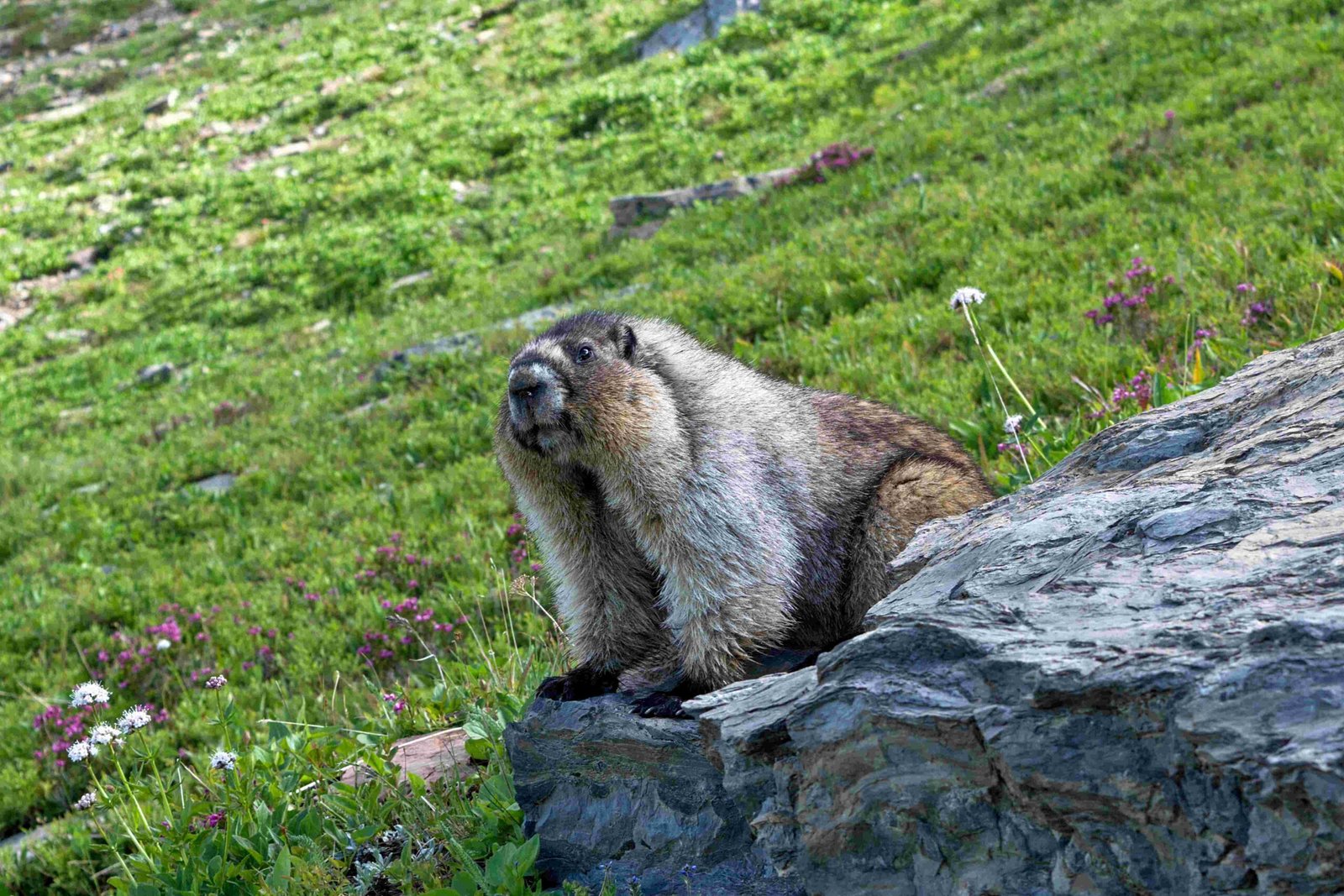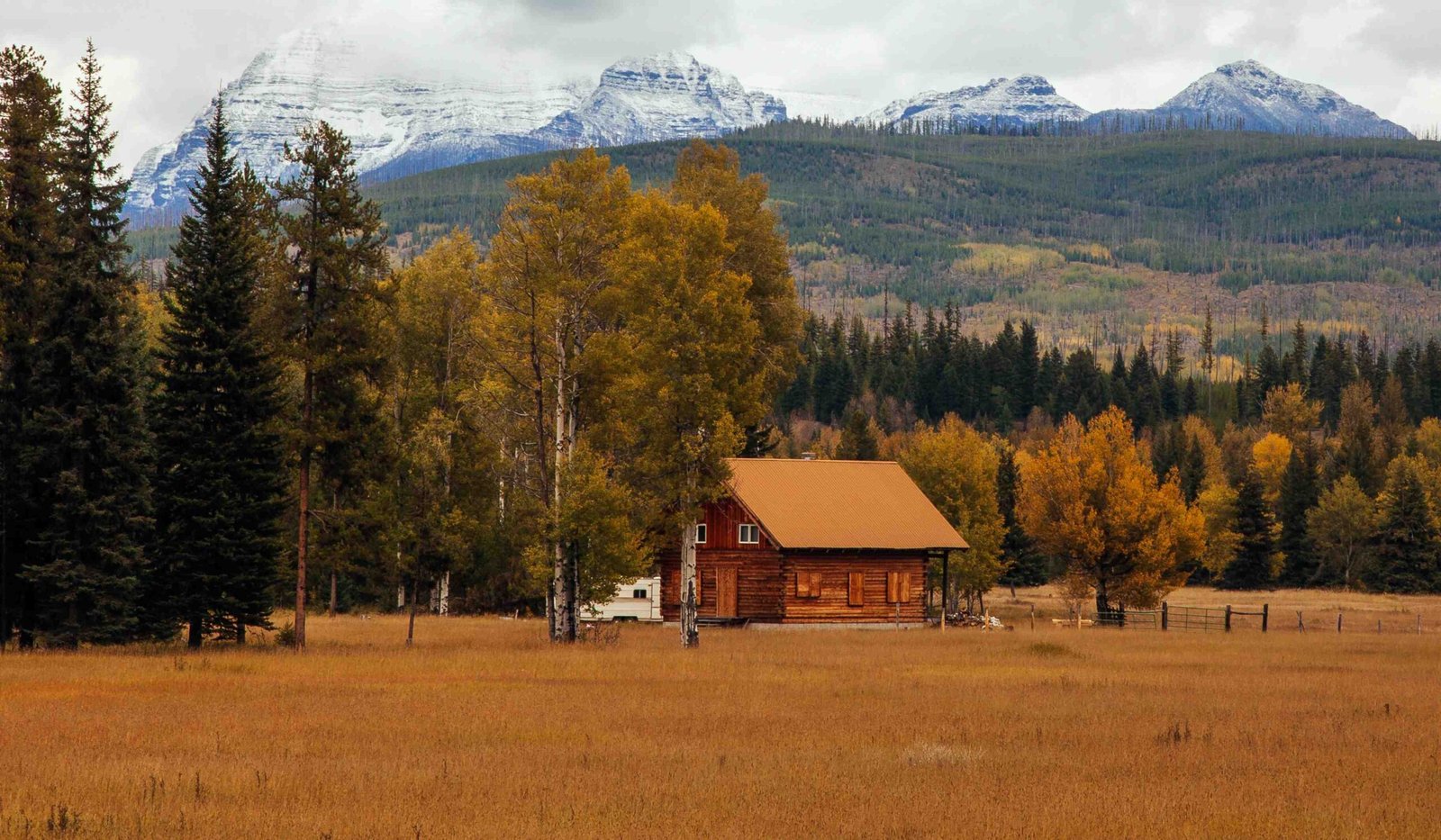Glacier National Park’s glaciers formation is a complex process involving geological and climatic factors. These ice masses form in high-elevation areas where snow accumulation exceeds summer melting. The park’s unique topography, created over billions of years through sediment deposition, uplift, and faulting, provides ideal conditions for glacier development. This guide explores the intricate process of glacier formation, their historical context, and the impact of their retreat on the park’s ecosystem.
What Are the Key Factors in Glacier Formation at Glacier National Park?

The formation of glaciers in Glacier National Park depends on several crucial factors:
- Geological conditions
- Temperature and precipitation patterns
- Snow accumulation and ice formation processes
Geological Conditions
Glacier National Park’s mountainous terrain plays a vital role in glacier formation:
- Elevation: High-altitude areas provide cooler temperatures necessary for snow accumulation.
- Topography: Mountain slopes and valleys create catchment areas for snow.
- Rock Types: The park’s diverse rock formations, including sedimentary and igneous rocks, influence glacier movement and erosion patterns.
Temperature and Precipitation
The interplay between temperature and precipitation is crucial for glacier formation:
- Winter Snowfall: Abundant snowfall in winter months is essential for glacier growth.
- Summer Temperatures: Cool summer temperatures help preserve snow and ice.
- Climate Patterns: Long-term climate trends affect the balance between accumulation and melting.
Snow Accumulation and Ice Formation
The process of glacier formation involves several stages:
- Snow Accumulation: Heavy snowfall in high-elevation areas.
- Compaction: Snow layers compress under their own weight.
- Metamorphosis: Snow transforms into glacial ice over time.
- Ice Flow: Once thick enough, the ice mass begins to move under gravity.
How Has the Size of Glaciers in Glacier National Park Changed Over Time?

The size and number of glaciers in Glacier National Park have dramatically decreased over the past century:
Historical Context
- Mid-19th Century: Approximately 150 glaciers larger than 25 acres existed during the Little Ice Age.
- 1910: Around 80 glaciers remained when the park was established.
- 2010: Only about 25 active glaciers were left in the park.
Retreat Rates and Area Loss
The retreat of glaciers has accelerated significantly:
| Time Period | Glacier Retreat Rate |
|---|---|
| 1850-1910 | Relatively slow |
| 1920s-Present | Rapid acceleration |
Scientists predict that if current climate trends continue, all active glaciers in the park may disappear by 2030.
What Are the Effects of Glacier Retreat in Glacier National Park?
The retreat of glaciers in Glacier National Park has far-reaching consequences:
Ecological Impacts
- Hydrological Changes:
- Altered stream flow patterns
- Reduced water levels in lakes and streams
-
Changes in seasonal water availability
-
Wildlife and Vegetation Effects:
- Habitat alterations for various species
- Shifts in vegetation patterns
- Reduced formation of new lakes and wetlands
Landscape Transformations
- Exposed Geological Features: U-shaped valleys and hanging valleys become more prominent.
- Moraine and Lake Formation: Retreating glaciers leave behind moraines and glacial lakes.
- Erosion Patterns: Changes in erosion rates and sediment transport.
What Is the Glacial Geology of Glacier National Park?
The glacial geology of Glacier National Park is a testament to its long and complex geological history:
Rock Formations
The park’s mountains consist primarily of:
- Sedimentary rocks from the Belt Supergroup (1.6 billion to 800 million years old)
- Igneous intrusions and volcanic rocks
Sedimentary Layers
- Compressed and folded due to tectonic activity
- Lewis Overthrust created massive s-curves visible in mountain faces
Glacial Erosion Features
Glaciers have shaped the park’s landscape, creating:
- U-shaped valleys
- Hanging valleys
- Arêtes and horns
- Deep lakes (e.g., Lake McDonald and St. Mary Lake)
How Do Glaciers Form in Glacier National Park’s Unique Environment?
Glacier formation in Glacier National Park is a result of its unique environmental conditions:
-
High Elevation: The park’s mountains reach elevations where temperatures are consistently low enough for snow accumulation.
-
Moisture Sources: Proximity to moisture sources, such as the Pacific Ocean, provides ample precipitation.
-
Shaded Areas: North-facing slopes and cirques provide shaded areas where snow can persist through summer months.
-
Wind Patterns: Local wind patterns can contribute to snow accumulation in certain areas.
-
Avalanche Activity: Avalanches can concentrate snow in lower areas, contributing to glacier formation.
The combination of these factors creates ideal conditions for glacier formation and persistence in Glacier National Park’s unique alpine environment.